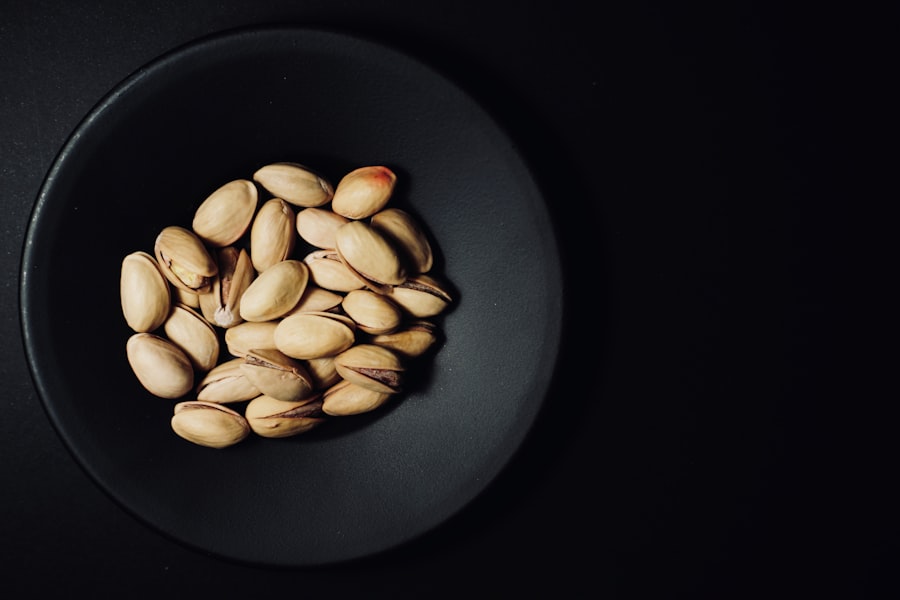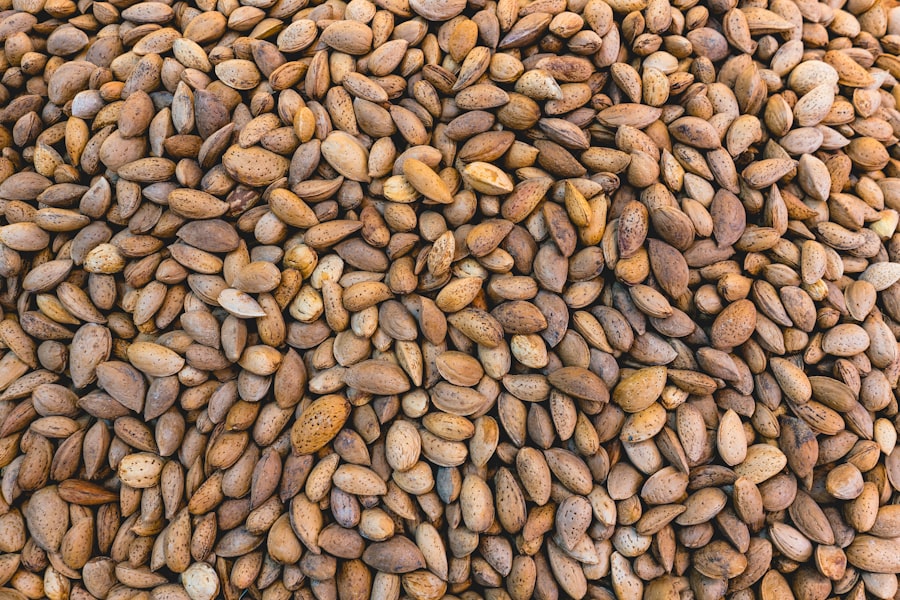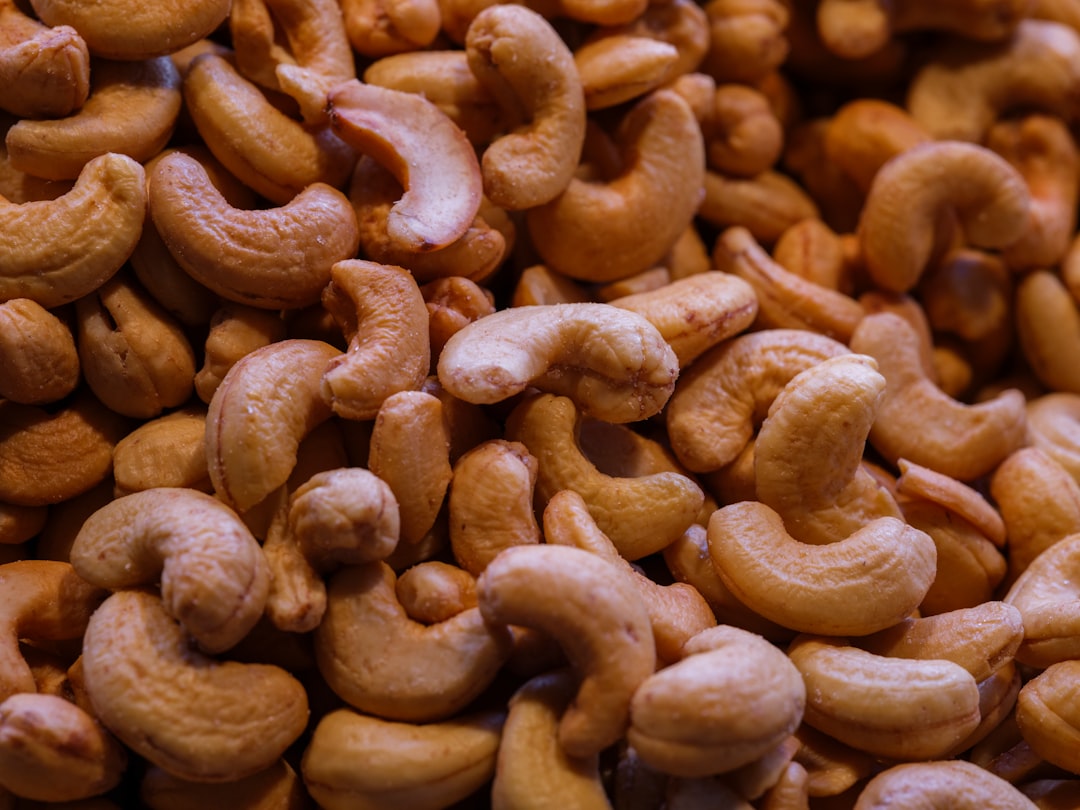In your journey toward independence, understanding the role of protein in your diet is crucial. Protein is not just a macronutrient; it is a building block for your body, essential for growth, repair, and overall health. As you navigate the complexities of self-sufficiency, knowing where to find quality protein sources can empower you to make informed dietary choices.
Whether you are cooking for yourself for the first time or simply looking to enhance your nutritional intake, recognizing the variety of protein sources available can significantly impact your well-being. Independence often comes with the responsibility of managing your own meals and nutrition. This can be both exciting and daunting.
By familiarizing yourself with different protein sources, you can ensure that your diet is balanced and supports your active lifestyle. From animal-based options to plant-based alternatives, the world of protein is vast and diverse. This article will guide you through various protein sources, highlighting their importance and how they can contribute to your independence.
Key Takeaways
- Protein is essential for independence as it provides the necessary nutrients for strength and energy.
- Animal-based protein sources such as lean meats, poultry, and fish are excellent options for maintaining independence.
- Plant-based protein sources like beans, lentils, and quinoa are great alternatives for those following a vegetarian or vegan lifestyle.
- Dairy-based protein sources such as Greek yogurt and cottage cheese offer a convenient and nutritious way to increase protein intake.
- Nut and seed-based protein sources like almonds, chia seeds, and hemp seeds are convenient options for snacking and adding to meals.
Importance of Protein for Independence
Protein plays a vital role in maintaining your health and vitality, especially as you embrace an independent lifestyle. It is essential for building and repairing tissues, producing enzymes and hormones, and supporting immune function. When you prioritize protein in your diet, you are not only fueling your body but also enhancing your mental clarity and energy levels.
This is particularly important when you are managing multiple responsibilities, as a well-nourished body can better handle stress and fatigue. Moreover, protein is instrumental in maintaining muscle mass, which is crucial for overall strength and mobility. As you engage in various activities—whether it’s exercising, working, or simply enjoying life—having adequate protein intake helps you stay strong and resilient.
This is especially true if you are transitioning to a more active lifestyle or if you have specific fitness goals. By understanding the importance of protein, you can make choices that support your independence and promote a healthier, more active life.
Animal-Based Protein Sources for Independence

When it comes to animal-based protein sources, the options are plentiful and varied. Meat, poultry, fish, and eggs are all excellent choices that provide high-quality protein along with essential nutrients like iron, zinc, and B vitamins. For instance, lean cuts of chicken or turkey are not only rich in protein but also low in fat, making them ideal for those looking to maintain a healthy weight while still getting enough protein in their diet.
Fish, particularly fatty varieties like salmon and mackerel, offer omega-3 fatty acids that are beneficial for heart health. Incorporating these animal-based proteins into your meals can be both simple and satisfying. Grilling chicken breasts or baking fish fillets can create delicious main dishes that are easy to prepare.
Additionally, eggs are incredibly versatile; they can be scrambled, poached, or made into an omelet filled with vegetables for a nutritious breakfast or snack. By including a variety of animal-based proteins in your diet, you can ensure that you are meeting your protein needs while enjoying flavorful meals.
Plant-Based Protein Sources for Independence
| Plant-Based Protein Source | Protein Content per 100g (g) | Calories per 100g |
|---|---|---|
| Lentils | 9.0 | 116 |
| Chickpeas | 8.9 | 164 |
| Quinoa | 4.1 | 120 |
| Almonds | 21.1 | 576 |
| Tofu | 8.1 | 144 |
If you are exploring plant-based options for protein, you’ll find that there is a rich array of choices available to you. Legumes such as lentils, chickpeas, and black beans are not only high in protein but also packed with fiber, which aids digestion and keeps you feeling full longer. Incorporating these foods into your meals can be as simple as adding them to salads, soups, or stews.
For example, a hearty lentil soup can serve as a filling meal that provides both warmth and nourishment. Additionally, whole grains like quinoa and farro offer a complete protein profile when combined with other plant foods. Quinoa is particularly noteworthy because it contains all nine essential amino acids that your body cannot produce on its own.
You can use quinoa as a base for salads or as a side dish to complement your main meals. Nuts and seeds also contribute to your protein intake; they can be sprinkled on top of yogurt or salads for added crunch and nutrition. By embracing plant-based proteins, you not only diversify your diet but also contribute to sustainable eating practices.
Dairy-Based Protein Sources for Independence
Dairy products are another excellent source of protein that can easily fit into your independent lifestyle. Milk, yogurt, and cheese provide not only protein but also calcium and vitamin D, which are essential for bone health. Greek yogurt stands out as a particularly high-protein option; it can be enjoyed on its own or used as a base for smoothies and dressings.
The creamy texture and tangy flavor make it a versatile ingredient in both sweet and savory dishes.
From sharp cheddar to creamy mozzarella, cheese can be added to sandwiches, salads, or pasta dishes to boost their nutritional value.
If you’re lactose intolerant or prefer non-dairy options, there are many plant-based alternatives available today that provide similar benefits. By incorporating dairy-based proteins into your diet, you can enjoy delicious foods while ensuring that you’re meeting your nutritional needs.
Nut and Seed-Based Protein Sources for Independence

Nuts and seeds are often overlooked as powerful sources of protein that can easily fit into your daily routine. Almonds, walnuts, chia seeds, and hemp seeds are just a few examples of nutrient-dense options that provide not only protein but also healthy fats and fiber. These foods can be enjoyed as snacks on their own or added to various dishes for an extra nutritional boost.
For instance, sprinkling chia seeds on top of oatmeal or blending them into smoothies can enhance the protein content of your breakfast. Moreover, nut butters such as almond butter or peanut butter offer a delicious way to incorporate more protein into your diet. Spreading nut butter on whole-grain toast or adding it to smoothies can create satisfying snacks that keep you energized throughout the day.
The versatility of nuts and seeds makes them an excellent choice for anyone looking to maintain a balanced diet while enjoying flavorful foods.
Protein Supplements for Independence
In some cases, you may find it challenging to meet your protein needs through whole foods alone. This is where protein supplements come into play. Protein powders made from whey, casein, soy, or pea protein can be convenient options for those who need an extra boost in their diet.
These supplements can easily be mixed into smoothies or shakes for a quick post-workout recovery drink or added to baked goods for an extra protein punch. While supplements can be beneficial, it’s important to remember that they should complement—not replace—a balanced diet rich in whole foods. If you’re considering incorporating protein supplements into your routine, it’s wise to consult with a healthcare professional or nutritionist to determine the best options for your individual needs.
By using supplements wisely, you can enhance your nutritional intake while still focusing on whole food sources.
Protein-Rich Snack Options for Independence
Snacking is an integral part of maintaining energy levels throughout the day, especially when you’re busy managing various responsibilities. Choosing protein-rich snacks can help keep you satiated and prevent energy crashes between meals. Options like Greek yogurt with fruit or cottage cheese with nuts provide a satisfying combination of protein and carbohydrates that will keep you fueled.
Another great snack idea is hummus paired with fresh vegetables or whole-grain crackers.
Additionally, hard-boiled eggs are an easy-to-prepare snack that packs a punch of protein while being portable enough to take on the go.
By planning ahead and having these snacks readily available, you can ensure that you’re nourishing your body throughout the day.
Protein-Packed Meal Ideas for Independence
Creating meals that are rich in protein doesn’t have to be complicated; there are countless delicious options available to you. For breakfast, consider making an omelet filled with spinach and feta cheese alongside whole-grain toast for a balanced start to your day. Alternatively, overnight oats made with Greek yogurt and topped with nuts and berries provide a nutritious option that requires minimal preparation.
For lunch or dinner, grilled chicken served with quinoa and roasted vegetables makes for a satisfying meal that is both nutritious and easy to prepare. If you’re in the mood for something comforting, try making chili with ground turkey or beans; it’s packed with protein and perfect for meal prep throughout the week. By experimenting with different ingredients and flavors, you can create meals that not only meet your protein needs but also excite your taste buds.
Tips for Incorporating Protein into an Independent Lifestyle
As you strive for independence in managing your nutrition, there are several practical tips you can follow to ensure you’re incorporating enough protein into your diet. First and foremost, plan your meals ahead of time; this will help you make intentional choices about the types of proteins you’ll include in each meal. Consider batch cooking proteins like chicken or beans at the beginning of the week so they’re readily available when you’re short on time.
Additionally, keep a variety of protein-rich snacks on hand to avoid reaching for less nutritious options when hunger strikes. Having items like nuts, yogurt, or hard-boiled eggs easily accessible will make it easier to choose healthier snacks throughout the day. Lastly, don’t hesitate to experiment with new recipes or cooking methods; this will keep mealtime exciting while ensuring you’re meeting your nutritional goals.
Empowering Independence with Protein
In conclusion, understanding the various sources of protein available to you is essential in empowering your journey toward independence. By prioritizing protein in your diet—whether through animal-based options, plant-based alternatives, dairy products, or snacks—you can enhance your overall health and well-being. As you navigate the responsibilities of self-sufficiency, remember that nourishing your body with quality proteins will provide the energy and strength needed to thrive.
Embracing an independent lifestyle means making informed choices about what you eat; by incorporating diverse sources of protein into your meals and snacks, you’ll not only support your physical health but also cultivate a sense of empowerment over your nutrition. With these insights in mind, you’re well-equipped to take charge of your dietary choices and enjoy the benefits of a balanced diet rich in protein.
As we age, maintaining independence becomes increasingly important, and one crucial aspect of this is ensuring adequate nutrition, particularly through high-quality protein sources. Proteins play a vital role in preserving muscle mass and strength, which are essential for daily activities and overall health. For those interested in learning more about how to incorporate high-quality protein into their diet to support independence, a related article can be found on Explore Senior Health. This resource provides valuable insights and practical tips for seniors looking to enhance their dietary habits. For more information, you can visit the article by clicking on this link.
FAQs
What are high-quality protein sources?
High-quality protein sources are foods that provide all essential amino acids in the right proportions for the body to function properly. These include animal sources such as meat, poultry, fish, eggs, and dairy, as well as plant sources like quinoa, soy, and chia seeds.
Why is it important to consume high-quality protein sources for maintaining independence?
High-quality protein sources are important for maintaining independence as we age because they help to preserve muscle mass, strength, and overall physical function. Adequate protein intake can also support bone health, immune function, and wound healing, all of which are crucial for maintaining independence and quality of life.
How much high-quality protein should older adults consume?
The Recommended Dietary Allowance (RDA) for protein for adults is 0.8 grams per kilogram of body weight per day. However, some research suggests that older adults may benefit from higher protein intake, ranging from 1.0 to 1.2 grams per kilogram of body weight per day, to support muscle health and function.
What are some examples of high-quality protein sources for older adults?
Some examples of high-quality protein sources for older adults include lean meats such as chicken and turkey, fatty fish like salmon and mackerel, eggs, dairy products like Greek yogurt and cottage cheese, and plant-based options such as tofu, lentils, and quinoa.
Can high-quality protein sources help prevent age-related muscle loss?
Yes, consuming high-quality protein sources can help prevent age-related muscle loss, also known as sarcopenia. Protein is essential for muscle maintenance and repair, and adequate intake can help older adults preserve muscle mass and strength, which is important for maintaining independence and reducing the risk of falls and fractures.
